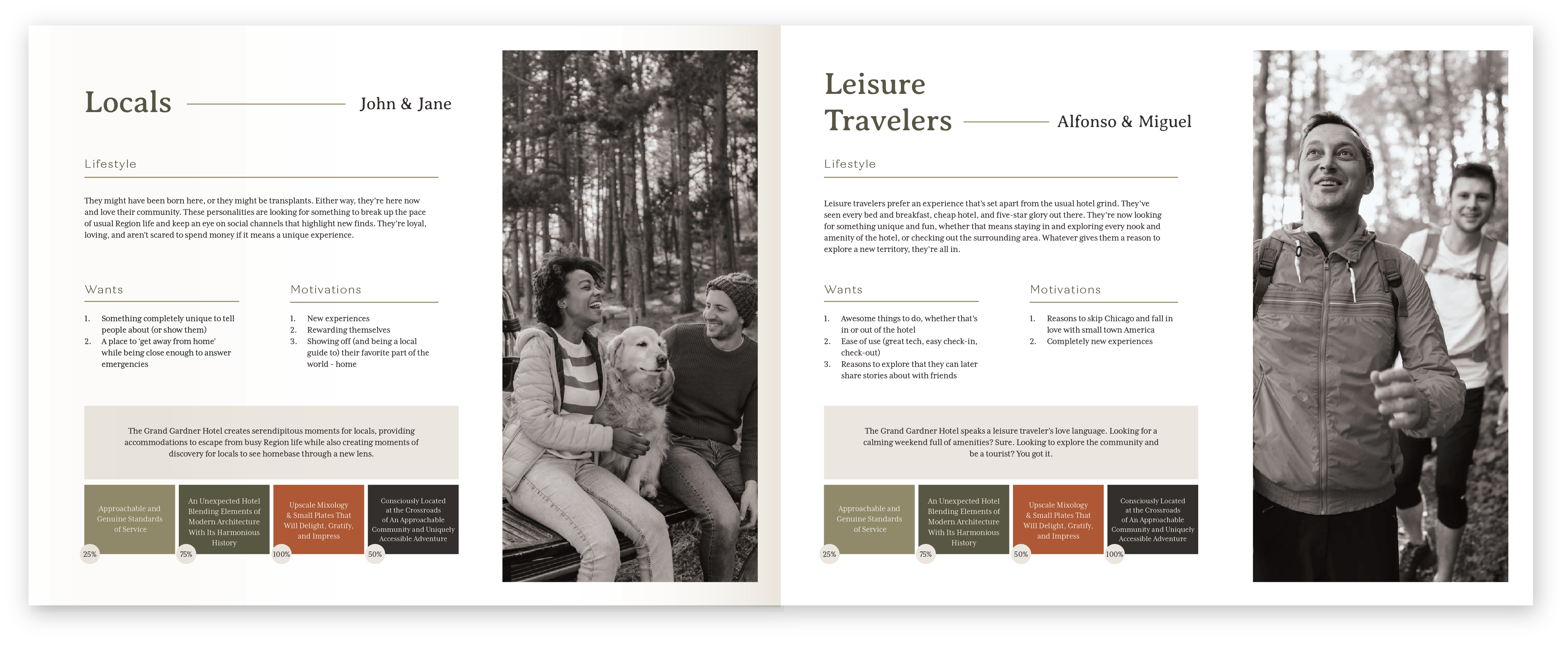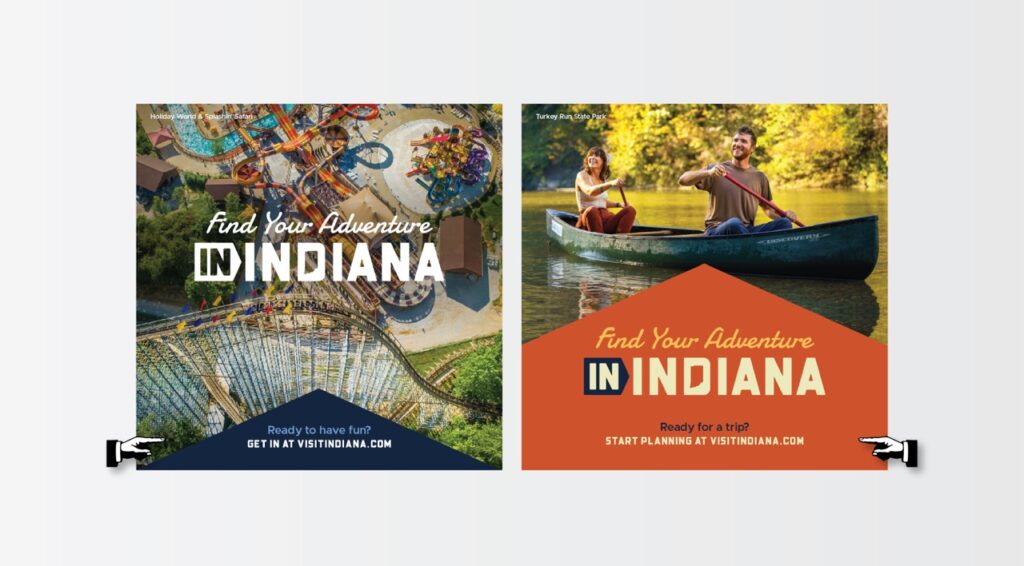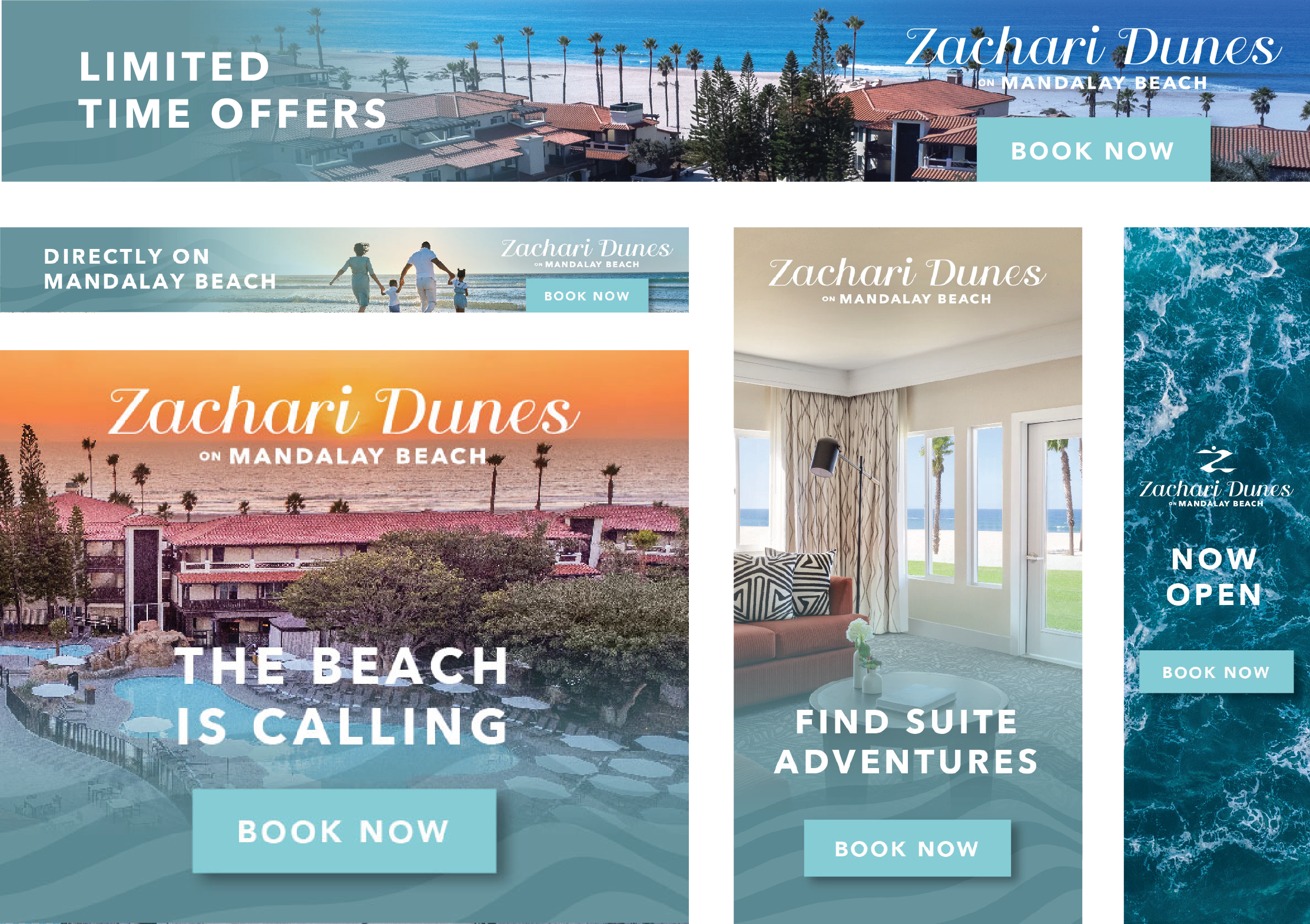Mastering the Call-to-Action: How to Inspire Action Through Persuasive Copy
Unlock the secrets of a persuasive call-to-action and transform your audience from passive viewers to engaged participants.

In the galaxy of marketing, the call-to-action (CTA) is the main force that can make or break your campaign. A CTA is a prompt that tells the audience what action they should take next. It’s the difference between a passive viewer and an engaged participant. Mastering the art of the CTA can significantly enhance the effectiveness of your marketing efforts — leading to increased conversions, sales, and customer engagement.
While I still struggle with Imposter Syndrome, our Senior Project Manager (and Master of Ceremonies) graciously awarded me the “CTA Award” at last year’s team holiday party — standing for Commence The Awesomeness Award. So, I’d like to think I know a thing or two about being your Jedi CTA Master.
“You must unlearn what you have learned.”
— Yoda
EPISODE I: Understanding the Buyer’s Persona

Before you can craft a compelling CTA, it’s crucial to understand who you’re speaking to. The buyer’s persona — a detailed profile of your ideal customer — should be at the heart of your marketing strategy. This persona includes demographic information, interests, pain points, goals, and more. Understanding your buyer’s persona allows you to tailor your CTAs to resonate with their specific needs and desires, increasing the likelihood of them taking the desired action.
EPISODE II: Crafting the CTA

Now that you understand who you’re talking to, it’s time to craft a compelling CTA. Here are a few key components to keep in mind:
- Use Powerful Language: Stimulate your visitors with action-oriented language that conveys the value of taking the desired action. An active voice is much more effective and engaging!
- Keep It Simple: While it sounds *simple*, I still struggle with this! Keep your CTA simple and to the point so your audience can quickly understand what’s being asked of them.
- Make it Stand Out: Leverage color, contrast, size, and other design elements to make sure your CTA stands out from the rest of the content and grabs attention. Who am I kidding — I leave this one to the real masters: our insanely talented design team!
- Use Visuals: Images, videos, GIFs — any kind of visual can help your CTA be more effective. Again, our designers are the real heroes of this episode!
- Emphasize the Benefits: Don’t just tell your audience what to do — tell them why they should do it. Showcase the specific value or benefit that can be gained from taking the desired action, and clearly articulate why this is worth their time and energy.
By focusing on these five components when crafting CTAs, you can create more effective calls-to-action that grab attention and encourage visitors to take the desired action.
EPISODE III: Writing Proactive CTAs
The best CTAs are clear, concise, and proactive. They should not only tell your audience what to do but inspire them to do it. To achieve this, use strong command verbs that encourage action, such as “download,” “subscribe,” or “buy.” Ensure your CTA is specific to the action you want your audience to take. For example, instead of a vague “click here,” try something more engaging like “download our free e-book now.”
It’s important to remember why your audience should take the desired action. Explain the benefits they’ll receive if they complete the action, and highlight how this is worth their time and energy. Focusing on the value of taking action and being clear about what happens next will help visitors move through your funnel faster and with greater engagement.
EPISODE IV: Using the Right Words
Words have power, and in the world of CTAs, they can be the difference between a scroll past and a click. Utilize persuasive language and emotional triggers to connect with your audience on a deeper level. Words like “exclusive,” “limited time,” or “free” can create a sense of urgency and exclusivity. Meanwhile, words that evoke emotion, such as “discover,” “imagine,” or “celebrate,” can tap into your audience’s desires and aspirations, making your CTA more compelling.
And finally, use descriptive words that perfectly capture the benefits of taking action, such as “explore,” “unlock,” or “transform.” By crafting a message that resonates with visitors and drives them to take action, you’ll be well on your way to creating killer CTAs.

The Final – Episode V
Mastering the art of the CTA can significantly enhance your marketing efforts. By understanding your audience, crafting clear and persuasive messages, and strategically placing your CTAs, you can inspire action and increase conversions. Remember, every audience is different, so continually test and optimize your CTAs to find what works best for your brand.
Wanting to become one with the force? Connect with us!
Most Recent Posts



